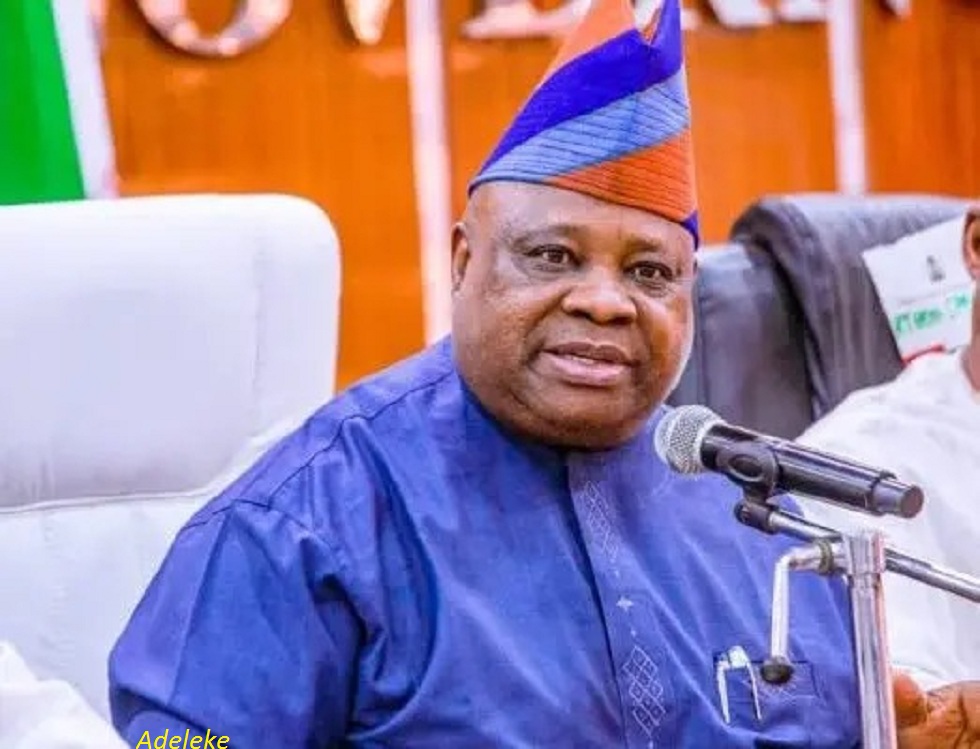By John Dike, Osogbo
The road to the 2025 Adire Osun Festival gained renewed momentum on Monday as the Chairman of the Osun State Council for Arts and Culture, Hon. Ebenezer Adeniji, unveiled a bold vision centered on youth empowerment and cultural-driven economic growth during the World Media Conference in Osogbo.
Addressing journalists, cultural stakeholders and creative industry players, Adeniji—who represented the state government reaffirmed the festival’s theme, “Creating Wealth, Empowering Youths,” describing it as a strategic blueprint rather than a mere slogan.
The media engagement follows the unveiling of the festival’s official logo in December 2024 and serves as a build-up to the grand Adire Carnival scheduled for December 2025.
Adeniji painted a compelling picture of Adire as far more than traditional fabric, calling it a “living archive” that preserves the stories, identity, and creativity of the Yoruba people.
He emphasized that the festival aims not only to celebrate heritage but to translate Osun’s textile tradition into viable economic opportunities, particularly for young people.
“Culture without opportunities becomes a museum piece,” he warned, stressing the need to channel Adire craftsmanship into sustainable enterprises.
He noted that true wealth creation in the cultural sector must uphold dignity by turning skill into income, talent into thriving ventures, and tradition into industries capable of uplifting families and communities.
The Chairman applauded Governor Ademola Adeleke for approving the training of 25 youths in each of Osun’s 332 wards, describing the initiative as a major step toward cultivating a new generation of artisans, designers, digital marketers, and cultural entrepreneurs.
He, however, emphasized that technical skills must be complemented with business mentorship, digital proficiency, and access to finance.
Adeniji also highlighted the need for a modern creative industry ecosystem that connects local artisans to national and international markets.
He called for collaborations with fashion houses, cultural tourism operators, interior designers, and export partners as essential to positioning Adire on the global stage. These linkages, he said, are critical to bridging “the dye pit to the runway” and transforming rural craftsmanship into global commerce.
Turning to the media, Adeniji underscored their pivotal role in shaping public perception, expanding market demand, and attracting investment. “The world watches through your lens,” he said. “When you highlight a youth-led enterprise, you inspire replication.”
He reminded the audience that cultural industries remain powerful alternative economic engines for states seeking resilience and diversification. According to him, Adire is not just cloth—it is identity, economic potential, and a promise to future generations.
Adeniji urged youths, investors, policymakers, and citizens to embrace their roles in sustaining the cultural economy.
“Our Adire, our celebration, our future. Let us stitch them together with intention, integrity, and courage,” he said.





